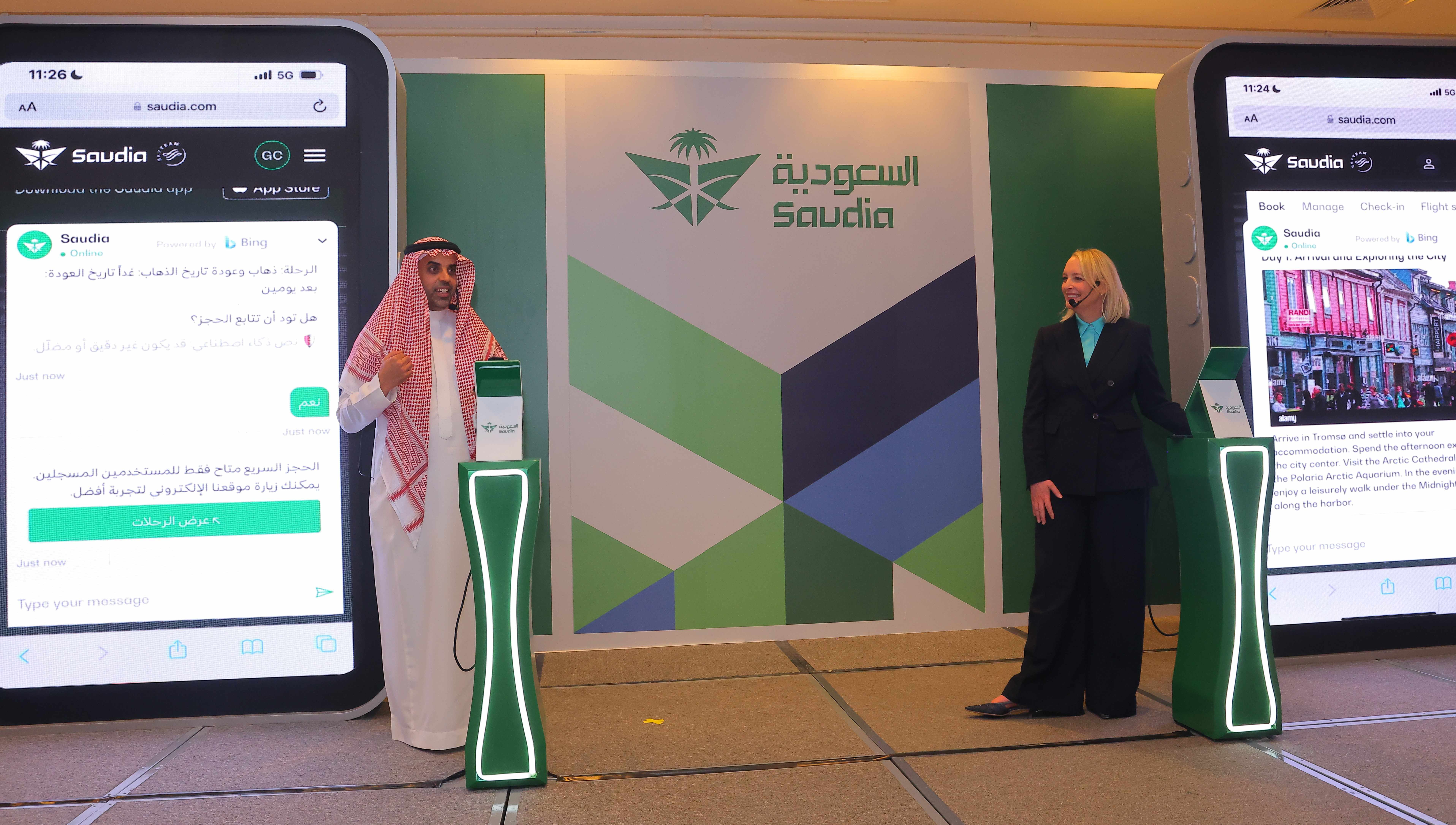How technology is upgrading traditional mobility services in Africa
- Date: 27-Nov-2020
- Source: World Economic Forum
- Sector:Technology
- Country:Middle East
How technology is upgrading traditional mobility services in Africa
Minibus taxis have been a fixture of many African cities for decades.
Applying modern e-hailing technology to private mass transport could produce mobility solutions that reduce congestion and car usage.
In the international arena, the buzzword 'mobility' conjures images of high-tech mass-rapid-transit systems in international cities, linked with entrepreneurial, tech-driven start-ups such as e-hailing companies, micro solutions like e-scooters and share bike programmes linking efficient, high speed rail and air solutions modernized to meet our contemporary transport needs.
In South Africa, however, 'mobility' denotes the urban transport imperative that is integral to our economic activity, an informal modality all but void of innovation, propped up and supported by our often ominous minibus taxi industry.
The minibus taxi is an often colourful 14-16 seater minivan, loved and hated by both the 15 million passengers who use them daily, and by those who share the roads with them. These taxis operated illegally from 1977 until they were formally legalized in 1987, carrying passengers from outlying areas dedicated by the Apartheid Government's spatial planning regime into racially exclusive city centres and economic hubs. Road-favouring transport policy, lack of government funding and a lack of reinvestment in the extensive rail infrastructure have led






















